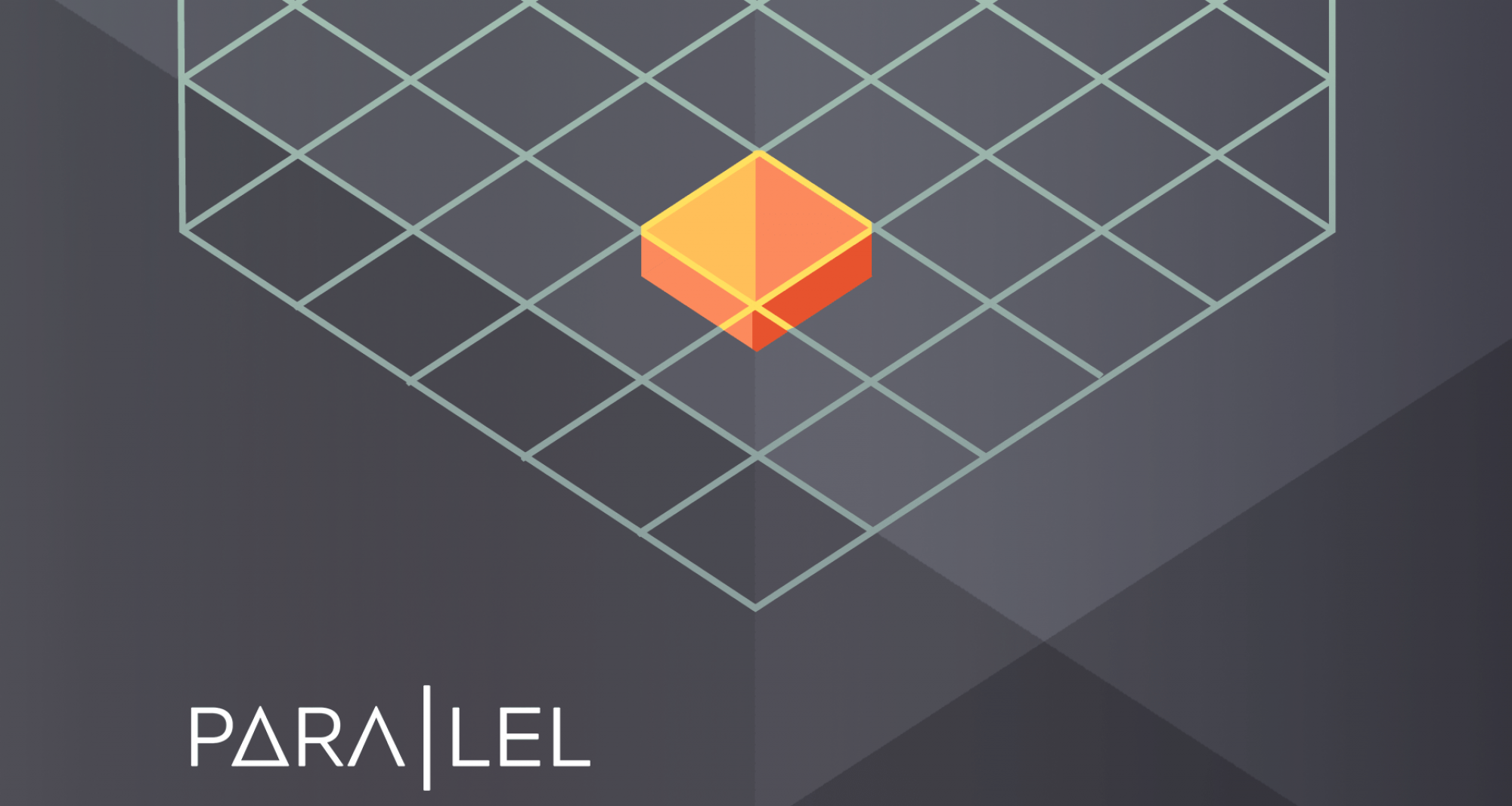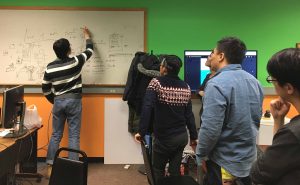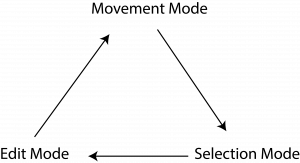Week three update:
This week we’ve spent a lot of time working on putting out a working prototype of our ideas. We built off the frameworks we came up with last week, and have worked from our prototype to develop our goals for our next milestone in two weeks.
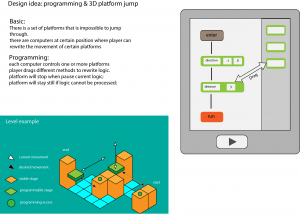
On Tuesday, Feb 6th, we presented our first prototype to our client, Alan Gershenfeld at E-Line Media – showing our design brief and quick footage of our initial prototype. Our goal with this prototype was as a proof of concept showing that our mechanics could work in a simple environment, as well as being able to show what direction we wanted to potentially take our game in.
Alan was fairly satisfied with our work thus far, and encouraged us to keep exploring this avenue of gameplay. We discussed the very real issues of scope for the project; how we could extend the gameplay through the design of puzzles, using assets from the Unity Asset store if they could save us time on production work. In addition to this, we were encouraged to flesh out the story and worldbuilding to give the player character an interesting motivation to explore and traverse our world.
Thus, we have decided to move forward in the level design by creating tools for the designers – Zacks is primarily working on this to be done by Feb 10th, and from the 10th onward, the process gets handed off to our designers Yuqiao and Erhan and, artist Siyu to work on three more levels involving a few more verbs (level 2 and level 3 operations), as well a first pass at UI, which will be primarily overseen/implemented by Longyi and Zacks.
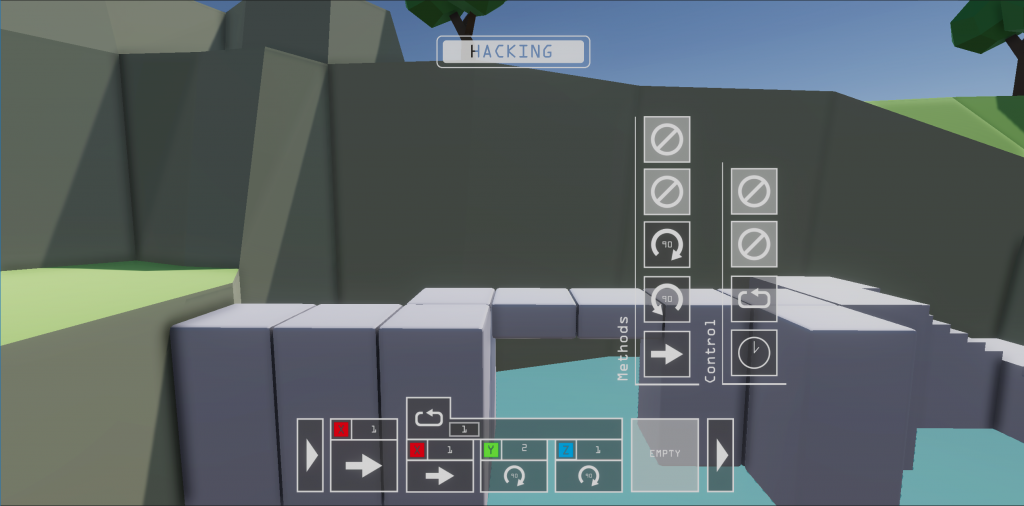
In parallel with this effort, Erhan and Omar will be working on creating a basic outline of our narrative – what is the player character’s motivations, how can we engage the player using the narrative, what are they discovering, how do the code modules fit organically into the world? For this, we’re drawing a lot of inspiration from games like Everybody’s Gone to the Rapture, and Valley, in their storytelling styles.
Finally, now that we’re all confident on the direction we’re going with Parallel, we are also prepping to be able to show off our work on the second milestone for Quarters presentations. We have been very careful and deliberate in keeping our sketches and designs around in order to properly document the working process and bring faculty new to the project up to speed.
